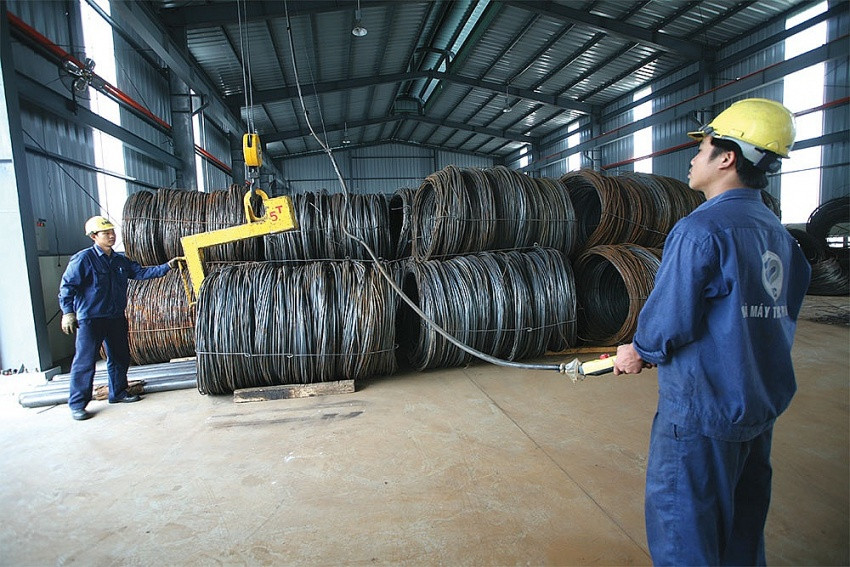Vietnam faces export challenges due to the new EU Carbon Border Adjustment Mechanism (CBAM) but some industry observers say the new regulations are driving a clean-up for the country’s industries
The EU’s Carbon Border Adjustment Mechanism or CBAM is an integral part of the EU’s larger ‘Fit for 55’ program and Vietnam faces a challenging decade.
This program aims to place a price on carbon released during the manufacture of carbon-intensive commodities entering the EU. It is also intended to stimulate cleaner industrial output in non-EU countries.
By placing a carbon price on specific imports into the EU from countries that do not have a carbon tax at an EU-approved level, the EU can also ensure the competitiveness of European manufacturers, which face far tougher emission regulations.
The EU hopes the CBAM will inspire other countries to implement national carbon pricing systems that link to the EU’s emissions trading scheme (ETS) in a bid to avoid CBAM payments.
Vietnam’s steel industry confronts hurdles accessing the EU market after the EU’s Carbon Border Adjustment Mechanism (CBAM) implementation. With the EU taxing imports based on emission intensity, steel producers in Vietnam are swiftly adapting to greener production methods to meet stringent regulations and maintain market access.
According to Vietnamnet: “As one of the fundamental industries in Vietnam, the steel industry serves as a primary input for various sectors such as construction, shipbuilding, automotive, mechanics, and others. According to information from the VSA, Vietnam exported approximately 8.397 million tonnes of steel last year, representing a 35.85% decrease compared to the same period the previous year.
“The export value reached $7.99 billion, down 32.2% on-year. However, to continue exporting to the EU, steel businesses must adhere to the carbon emission monitoring and reduction requirements.”
Ma Khai Hien, director of the Energy Conservation Research and Development Center (Enerteam), told Vietnamnet that this is not a small challenge for Vietnam’s steel manufacturing companies, especially when Vietnam’s average GHG emissions rate is currently about 23% higher than the global average.
The CBAM transition period will begin on October 1 this year and will initially apply only to selected products from the most carbon-intensive heavy industries. This includes iron, steel, cement, aluminum, fertilizer, electricity, and hydrogen and could be expanded to include a greater range of products and services in the future and permanent from January 2026.
It is expected that, by 2034, CBAM will be fully operational. The progressive implementation of the CBAM is timed to coincide with the phase-out of free allowance allocations under the EU’s ETS to aid in the decarbonization of EU industries.





